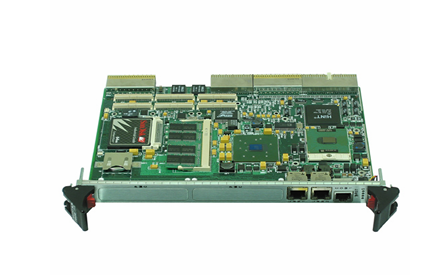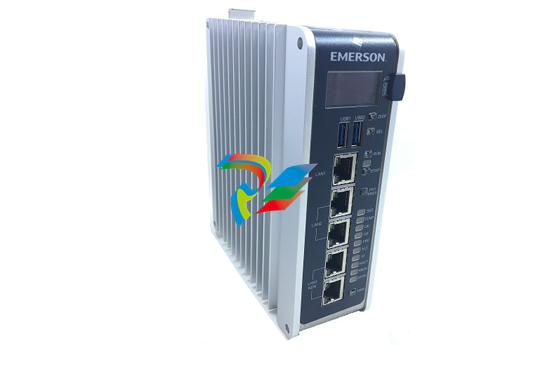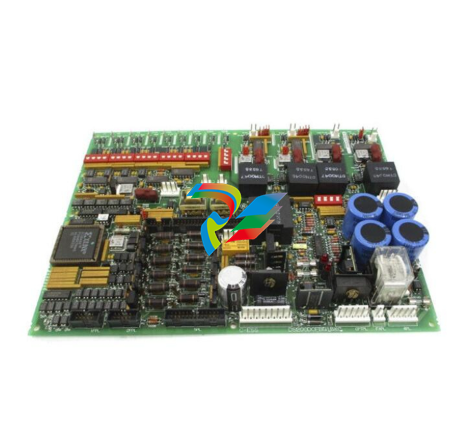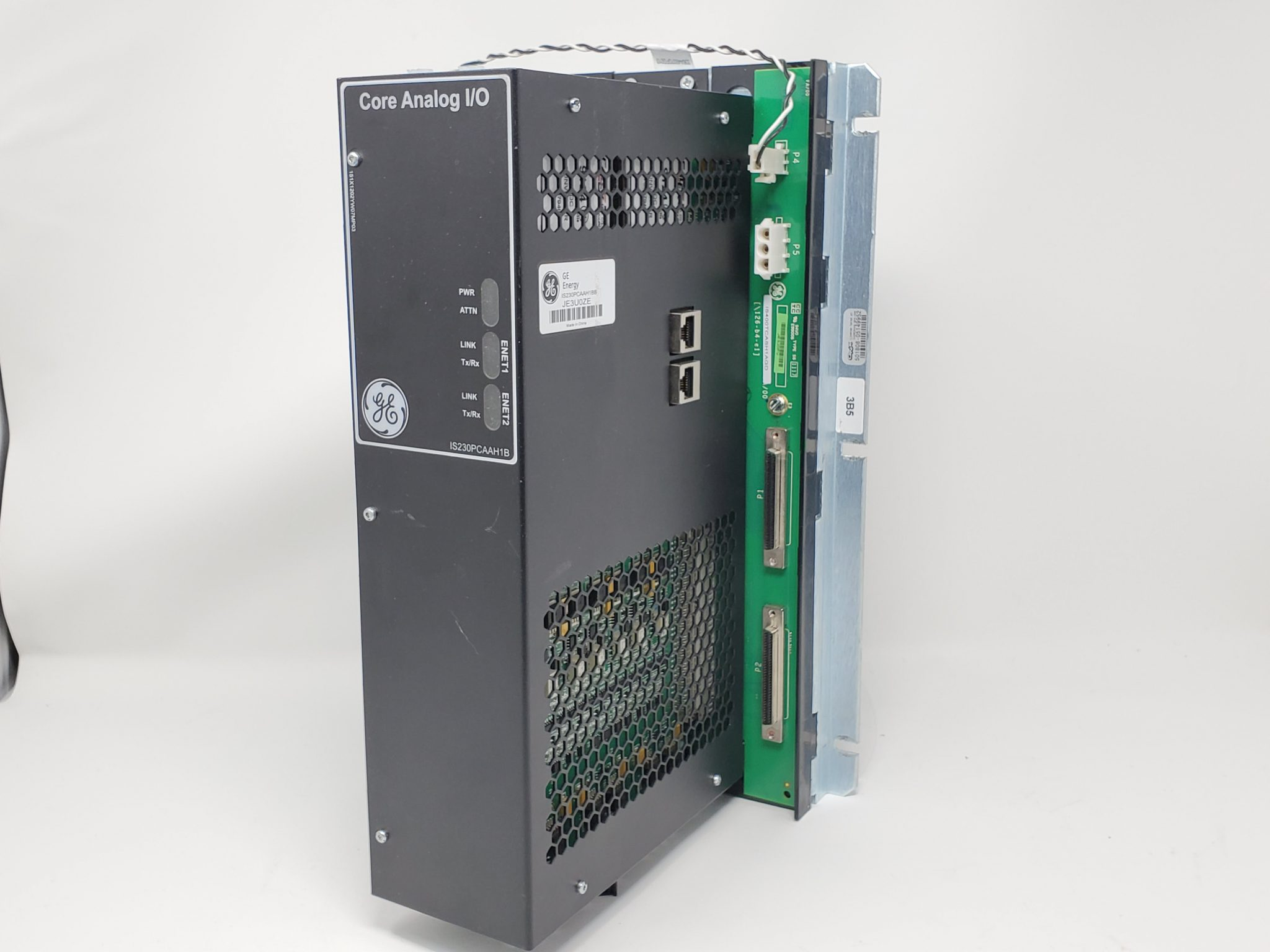
Rust: The Silent Revolution Transforming Industrial Automation
The world of industrial automation is unique with its own complexity and critical systems that keep supply chains flowing. Safety, precision and speed are considered the basic commodities in industrial automation. In this distinctive environment, a modern programming language is quietly making its own mark. Rust, the programming language known for its speed, safety and performance, is slowly gaining ground in the industrial sector and is on track to redefine how automation systems are built and maintained.
What is Rust and why Rust?
Rust is a programming language that is designed with a unique ability to combine high performance with exceptional safety. Introduced in 2010 by Mozilla, Rust was designed to address the challenges faced in low-level programming, such as memory management and concurrency, without compromising on speed, unlike traditional programming languages like C and C++. [1]
Over the past decade, with new advanced technologies, industrial automation has seen significant progress. It is no longer just about making things work in manufacturing through automation, it is about doing it faster, smarter and safer. While traditional programming languages like C and C++ have been reliable so far, they have their own set of challenges, such as memory leaks, data races and security vulnerabilities. Rust is designed to address these issues at the root with its unique design.
Rust will soon become the primary language for the development of new industrial and automation applications. According to a research study "Memory-safety challenge considered solved? An in-depth study with all Rust CVEs", 60–70% of security vulnerabilities in embedded systems and electronic devices are caused by memory issues. Rust directly addresses these problems, offering a significant improvement in secure software development. [2]
Safety without sacrificing speed
Rust’s most standout feature is its strong focus on memory safety without a garbage collector. For industrial systems, where a single crash can halt an entire production line, this is a game-changer. Rust’s compile-time checks prevent common bugs before the code even runs, ensuring that the software is not just fast, but also reliable. This level of safety, paired with the high performance compared to C++, makes Rust ideal for automation systems that can’t afford to fail.
Concurrency that just works
In industrial automation, multiple processes often need to run simultaneously. For example, a PLC controller handles data from multiple sensors monitoring conditions at any given second and reacts accordingly by making robots perform an action within milliseconds. Rust’s approach to concurrency, where data races are simply not allowed, means that these processes can run smoothly side by side without the fear of unpredictable behavior that is observed with other languages. This makes Rust the perfect choice for complex, real-time automation environments where every millisecond counts.
Security as a first-class concern
Security is one of the biggest concerns in today’s world, and it's critical in industrial automation. With the IoT and smart factories, devices are more interconnected than ever and unfortunately that also makes them more exposed to potential cyber-attacks. Rust’s memory safety features help beyond preventing crashes by mitigating common security vulnerabilities like buffer overflows, which have been the root cause of many cyberattacks. By enforcing strict memory safety, Rust reduces the risk of security vulnerabilities introduced by human error. Rust also eliminates many low-level bugs, which reduces the attack surface in automation systems, making it much harder for attackers to exploit weak points.
Scalability for distributed systems
We are seeing increasing applications on distributed systems. Applications are spread across the industrial floor talking and working together in a hive structured mind. The ability to scale these distributed systems effectively is more important than ever. Rust fits perfectly into this picture, offering the kind of performance needed. Rust asynchronous programming with async/await syntax makes it easier to handle a lot of tasks at once without slowing down or crashing.
Real-world applications of Rust in industrial automation
Even though Rust is not yet the default programming language for industrial automation, it is slowly gaining a lot of attention. Several companies are already leveraging Rust to solve critical and complex problems in industrial automation.
Embedded systems: The backbone of automation
One of the areas where Rust is proving to be effective is in embedded systems. These are the tiny computers embedded inside devices like sensors, controllers and robotic arms which often operate on very low resources.
For decades, these systems were written in C or C++ because of their speed and low-level access to hardware but Rust is gaining traction in this race. With Rust, it’s no longer about choosing between speed and reliability, devices can have both.
Internet of Things (IoT): Connecting smart factories
Another area where Rust can be effective is in IoT networks, which have increased rapidly with smart factories. Smart factories use connected devices to perform every action in an industrial environment. Large factories can have hundreds or even thousands of connected devices all communicating and sharing data.





.jpg)



































































.jpg)
.jpg)





.jpg)



.png)
.jpg)

.jpg)
_lVjBYb.jpg)

.jpg)
.jpg)



.jpg)
.jpg)







.jpg)

.jpg)
.jpg)








